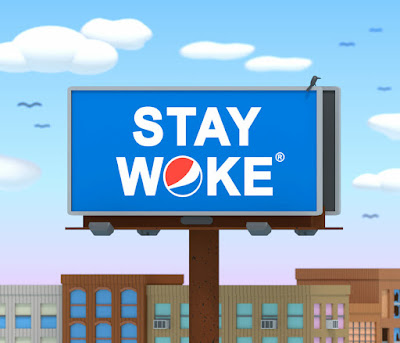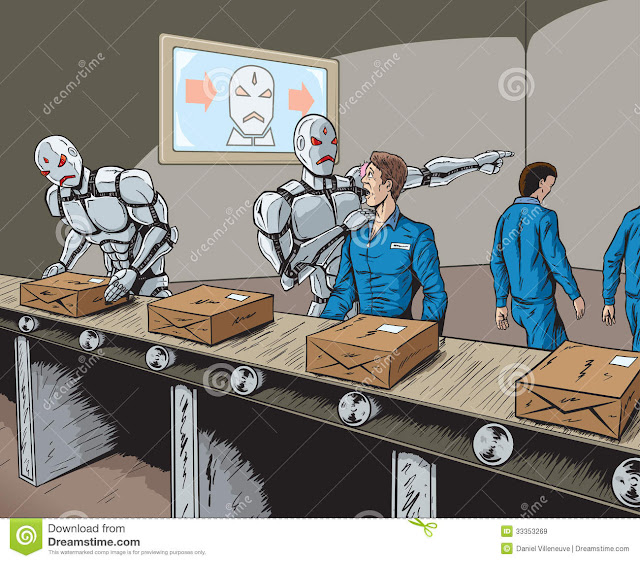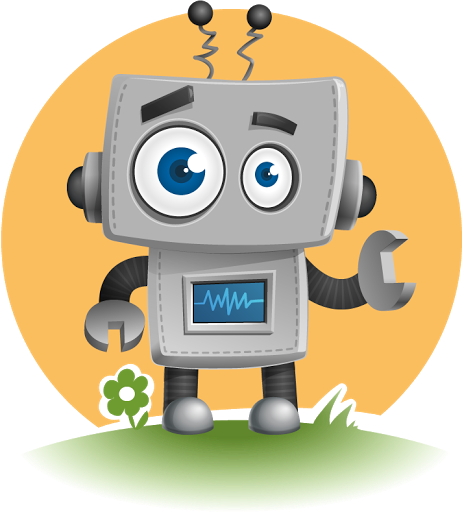How To Write An Impressive SOP | Statement Of Purpose For Master's Degree
So you've made up your mind to pursue a master's degree. The list of universities you'd be applying to is ready, you've either taken the required tests (GRE/TOEFL/IELTS) or are scheduling the dates for the same. And your letters of recommendation (LOR) are almost ready or done. It's time to address the elephant in the room: your statement of purpose or SOP. Table Of Contents Why have I written this post? What is an SOP? How long does it take to write an SOP? How do you prepare your SOP's first draft? The next steps once the first draft is ready. What is the ideal word limit for an SOP? Common SOP mistakes. Sample SOP format. Need my help with your SOP? Why have I written this post? I wasn't content with just a Bachelor's degree. Pursuing higher education from globally renowned institutes in the United States, Canada, Europe, etc. is alluring and rewarding. People may digress by citing eye-watering tuition co...





